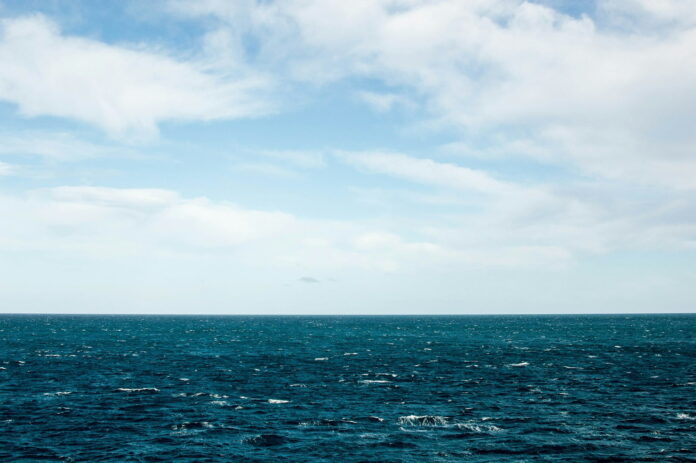Microplastics have emerged as a significant environmental concern, particularly in marine ecosystems. These tiny plastic particles, often less than five millimeters in size, are pervasive and pose a threat to marine life and habitats. This article delves into the sources of microplastics, their effects on marine ecosystems, and the ongoing research and efforts to mitigate their impact.
Introduction to Microplastics and Their Sources
Microplastics are small plastic fragments that result from the breakdown of larger plastic debris or are manufactured as tiny particles for use in various products. These particles are classified into two categories: primary and secondary microplastics. Primary microplastics are intentionally produced for use in items like cosmetics, personal care products, and industrial processes. Secondary microplastics, on the other hand, originate from the degradation of larger plastic items such as bottles, bags, and fishing nets through environmental exposure, such as sunlight and wave action.
The sources of microplastics are diverse and widespread. They enter marine environments through various pathways, including direct discharge from wastewater treatment plants, runoff from urban and agricultural areas, and atmospheric deposition. Additionally, maritime activities such as shipping and fishing contribute to the proliferation of microplastics in the oceans. The pervasive nature of plastic use in daily life and its improper disposal exacerbate the issue, leading to an accumulation of microplastics in marine ecosystems.
Once in the marine environment, microplastics are transported by ocean currents and can be found in all marine habitats, from surface waters to the deep sea. They are particularly concentrated in areas known as gyres, where circulating currents trap debris. The durability and persistence of plastics mean that microplastics can remain in the environment for extended periods, posing long-term risks to marine life and ecosystems.
How Microplastics Affect Marine Life and Ecosystems
Microplastics pose a multifaceted threat to marine life and ecosystems. Marine organisms, ranging from the smallest plankton to the largest whales, can ingest microplastics, mistaking them for food. This ingestion can lead to physical harm, such as blockages in the digestive system, and chemical harm from the toxic substances that plastics can absorb and release. The ingestion of microplastics can reduce the nutritional intake of marine organisms, impairing growth, reproduction, and survival rates.
The impact of microplastics extends beyond individual organisms to entire ecosystems. Microplastics can transport invasive species and pathogens, disrupting local biodiversity and ecosystem stability. Additionally, the presence of microplastics in the food web can lead to bioaccumulation and biomagnification, where the concentration of plastics and associated toxins increases at higher trophic levels. This can have cascading effects on marine predators, including humans who consume seafood, posing potential health risks.
Moreover, microplastics can interfere with the physical and chemical properties of marine habitats. For instance, they can alter the structure and function of sediments, affecting benthic organisms and processes. Microplastics can also impact the light penetration and gas exchange in water columns, influencing primary production and nutrient cycling. These disruptions can compromise the resilience and functioning of marine ecosystems, making them more vulnerable to other stressors such as climate change and overfishing.
Current Research and Mitigation Efforts on Microplastics
The growing awareness of the microplastic problem has spurred extensive research and mitigation efforts. Scientists are investigating the sources, distribution, and effects of microplastics to better understand their impact on marine ecosystems. Advanced analytical techniques are being developed to detect and quantify microplastics in various environmental matrices, including water, sediments, and biota. This research is crucial for assessing the extent of contamination and identifying hotspots that require targeted intervention.
Mitigation efforts are focused on reducing the input of microplastics into the marine environment and removing existing contamination. Strategies include improving waste management practices, promoting the use of biodegradable materials, and implementing policies to reduce plastic production and consumption. Public awareness campaigns and educational programs are also essential to encourage responsible plastic use and disposal. Additionally, innovative technologies such as filtration systems and cleanup devices are being developed to capture microplastics from wastewater and marine environments.
Collaborative efforts at local, national, and international levels are vital for addressing the microplastic issue. Governments, researchers, industry stakeholders, and non-governmental organizations are working together to develop and implement effective solutions. Regulatory measures, such as bans on certain plastic products and requirements for microplastic monitoring, are being enacted to curb plastic pollution. Continued research and innovation, coupled with strong policy frameworks and public engagement, are key to mitigating the impact of microplastics on marine ecosystems and ensuring the health of our oceans for future generations.
